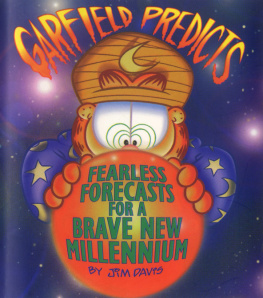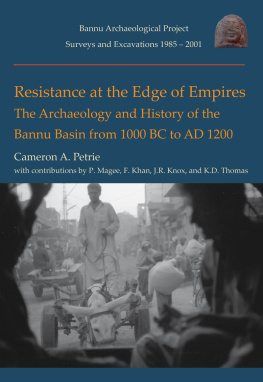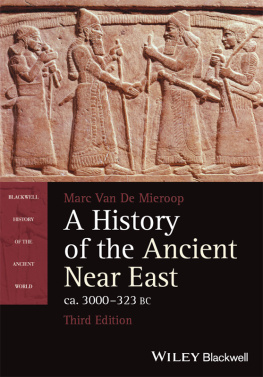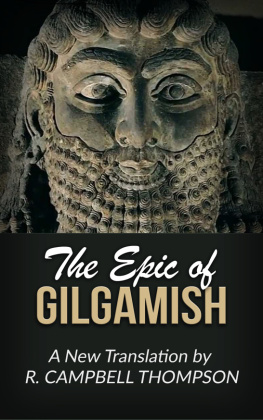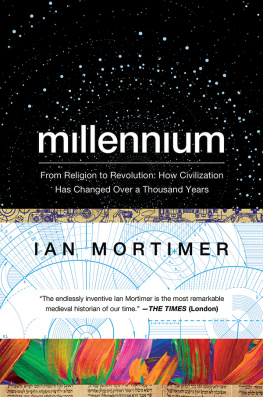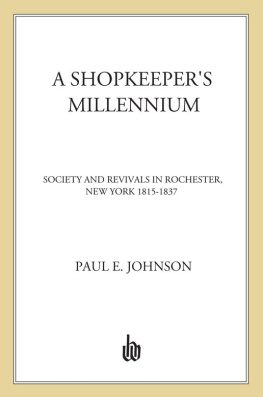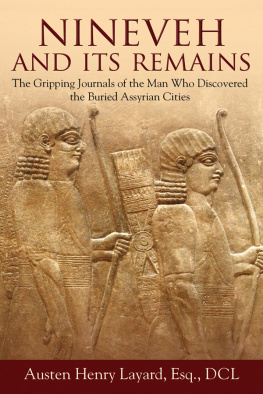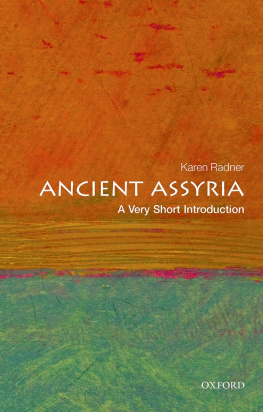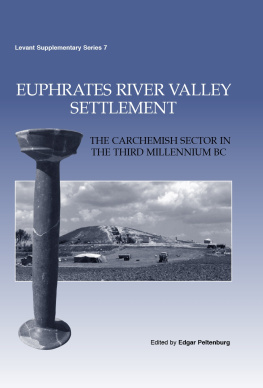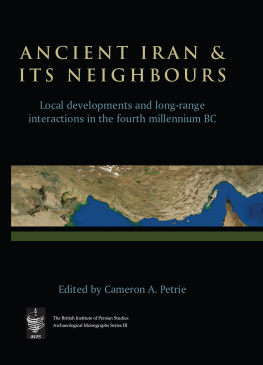


Published in the United Kingdom in 2022 by
OXBOW BOOKS
The Old Music Hall, 106108 Cowley Road, Oxford, OX4 1JE
and in the United States by
OXBOW BOOKS
1950 Lawrence Road, Havertown, PA 19083
Oxbow Books and Guy Bunnens 2022
Hardcover Edition: ISBN 978-1-78925-838-7
Digital Edition: ISBN 978-1-78925-839-4 (epub)
A CIP record for this book is available from the British Library
Library of Congress Control Number: 2022935313
All rights reserved. No part of this book may be reproduced or transmitted in any form or by any means, electronic or mechanical including photocopying, recording or by any information storage and retrieval system, without permission from the publisher in writing.
Printed in Malta by Melita Press
Typeset in India by Lapiz Digital Services, Chennai.
For a complete list of Oxbow titles, please contact:
UNITED KINGDOM
Oxbow Books
Telephone (01865) 241249
Email:
www.oxbowbooks.com
UNITED STATES OF AMERICA
Oxbow Books
Telephone (610) 853-9131, Fax (610) 853-9146
Email:
www.casemateacademic.com/oxbow
Oxbow Books is part of the Casemate Group
Front cover: Ivory plaque depicting a procession of servants carrying provisions (C O.1708; Aleppo M 10982).
Back cover: Tell Ahmar seen from the north-west after the closure of the Tishrin Dam (Authors own).
Foreword
The archaeological site of Tell Ahmar played a nonnegligible role in the interregional relations of the ancient Near East, due to its position at an important crossing point of the Euphrates and at the intersection of routes connecting Upper and Lower Mesopotamia with Anatolia and Syria-Palestine.
The site was first excavated by a French expedition led by Franois Thureau-Dangin, from 1929 to 1931. More recently, as the building of a dam the Tishrin Dam, about 40 km downstream from Tell Ahmar was threatening the site, the decision was taken, in full agreement with the Syrian Directorate General of Antiquities and Museums, to undertake salvage excavations at the site. An archaeological expedition placed under the authors direction worked at the site from 1988 to the completion of the dam in 1999 under the auspices of the University of Melbourne, then, as the site was not completely inundated, from 2000 to 2010 as part of the Mission archologique de lUniversit de Lige en Syrie led by Professor nhan Tunca.
The present study intends to offer a synthesis of the discoveries made at Tell Ahmar from the beginning of its exploration until the present time, essentially by the French and Australian/Belgian expeditions, which obtained significant as well as complementary results. Archaeological data will be presented in the chronological order of the historical periods they belong to and, whenever possible, supplemented by written evidence with the double aim to outline the slow progression of a local site from the status of a Chalcolithic village to that of a provincial capital of the Assyrian empire and, at the same time, to outline its role as an intermediary between Mesopotamia and the regions to the west of the Euphrates.
Secondarily, this study also intends to present the essential discoveries of the Australian-Belgian mission before they are fully published, so that they become available for further research.
A few inserts by various scholars give complementary information on specific problems or explain the general context of some finds. In order to make the text as light and accessible as possible, endnotes and technical discussions are kept to a strict minimum. Illustrations, unless otherwise specified, are by the author.
The site is referred to by its Arabic name Tell Ahmar. Although it has been common practice in scholarly literature to call it Til Barsib, ancient names that we know were used to designate the site (Masuwari, Til Barsib, Kar-Shalmaneser), all date from the first millennium. It is therefore more appropriate to use them only when the context allows it.
All dates, unless otherwise specified, are before our era.
Acknowledgements
Australian and Belgian research at Tell Ahmar was made possible thanks to the assistance of many persons and institutions. My thanks go first to the former Department of Middle Eastern Studies of the University of Melbourne and to its chairman Professor Takamitsu Muraoka, who gave encouragement and support to the project and provided it with the means to start in 1988. They also go to the Research Department of the University of Melbourne, to the Australian Research Grants Scheme and its successor the Australian Research Council, as well as to the Ian Potter Foundation who all contributed to keeping the project going. Thanks are also due to the Department of Classical and Near Eastern Studies of the University of Melbourne for the support it gave to the excavations.
In Belgium my gratitude goes to Professeur nhan Tunca, director of the Mission archologique de lUniversit de Lige en Syrie, who, in 2000, included the Tell Ahmar project in its research programme and gave financial support to the excavations.
Special thanks are due to the Syrian Directorate General of Antiquities and Museums and to its successive directors, among whom Afif Bahnassi, Ali Abou Assaf, Sultan Muhesen and Bassam Jamous, who gave unfailing support to the project. I cannot omit the directors of the Archaeology Department of the Directorate General of Antiquities and Museums, Adnan Bounni and Michel al-Maqdissi, as well as their colleague Nessib Saliby. The Directorate of Antiquities in Aleppo, especially its directors Wahid Khayata and Nadim Fakesh, together with their colleagues Mohammed Muslim, Hamido Hammade, Nasser Sharaf and Yussef Kanju, also gave unfailing support to the project. The representatives of the Directorate General of Antiquities and Museums, who assisted us in the field, are too numerous to be thanked individually. May they find here the marks of my gratitude.
Archaeology is a collective endeavour and is possible only with the assistance of many co-workers, all volunteers in the case of Tell Ahmar, whose enthusiasm and commitment are essential to the success of a project. They are too many to be all named here, but I would like to express special thanks to Lia Abbate, Cristina Baccarin, Thomas Genty, Michelle Glynn, Geoffrey Irvin, Andrew S. Jamieson, Alan Lawrie, Jenny Leimert, Martin Makinson, Leah McKenzie, Sarah Myers, Silvia Perini, Jeremy Smith, Madeleine Trokay, Virginia Verardi, Gregory Wightman.
From 1994 to 2002, John M. Russell joined the expedition with a team first from Columbia University (New York) and then from the Massachusetts College of Art and Design (Boston). He took responsibility for completing research in Area E and conducting a geophysical survey that led to test probes in Area CJ. He must be warmly thanked for his contribution to the project.
The map and grid of the site were drawn up by Russell Clarke in 1988 and 1989, with the assistance of Brigitte Wolf. Brigitte Wolf came back in 1997 to draw up a plan of the eastern part of the tell. Both deserve special thanks.
I may not omit the inhabitants of Tell Ahmar, many of whom worked in the excavations. In the course of time, links were created, which went beyond a formal working relationship. The guardian of the site, Usama Jassem, was especially helpful, not only in his task of guardian, but also, and perhaps mainly, in the assistance he gave to resolving the practical problems that every archaeological expedition working in a small village, cut off from the outside world, has to face.
Next page

